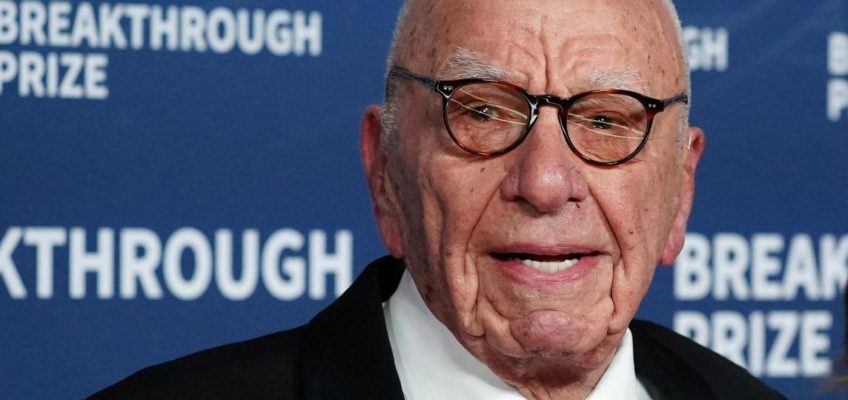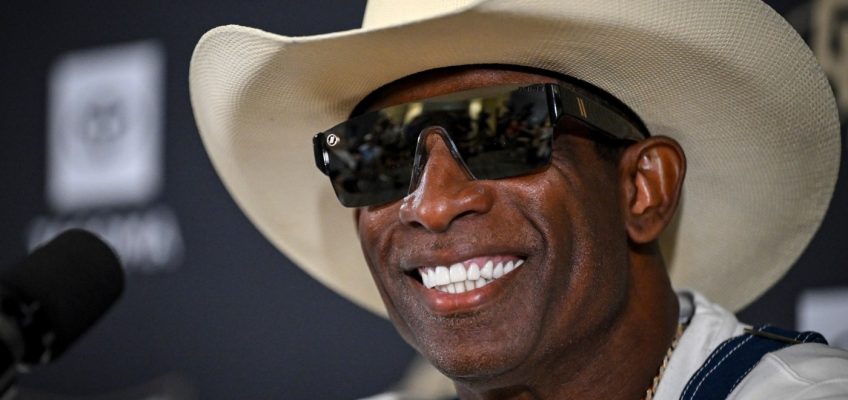City Limits rounds up the latest housing and land use-related events, public hearings and affordable housing lotteries that are ending soon.
45th Avenue in Long Island City, Queens.The City Planning Commission Wednesday will hold a public hearing on a proposed rezoning of the area. (Adi Talwar/City Limits)
Welcome to City Limits’ NYC Housing Calendar, a weekly feature where we round up the latest housing and land use-related events and hearings, as well as upcoming affordable housing lotteries that are ending soon.
Know of an event we should include in next week’s calendar? Email us.
Upcoming Housing and Land Use-Related Events:
Monday, July 28 at 1 p.m.: The City Planning Commission will hold a review session. More here.
Tuesday, July 29 at 6 p.m.: Brooklyn’s Black Lady Theatre presents Stolen Spaces, an evening of urgent conversation on deed theft, homeownership, and the fight to reclaim stolen spaces in NYC. More here.
Wednesday, July 30 at 10 a.m.: NYCHA’s board will hold its monthly meeting. More here.
Wednesday, July 30 at 10 a.m.: The City Planning Commission will hold a public meeting where its members will vote on the following land use applications: Broadway Junction Station City Map Amendment, JFK Conduit Logistics Center Demapping, and The Hillside Swimming Club, Inc. It will hold public hearings on the following proposals: Domino Site B, Ikos Senior Living, and the Long Island City Neighborhood Plan. More here.
Friday, Aug. 1, 5 to 8 p.m.: The Department of City Planning will have a table at the corner of Mulberry and Baxter streets in Chinatown to share information about Mayor Adams’ Manhattan Plan, which aims to build 100,000 new units of housing in Manhattan over the next decade. More here.
NYC Affordable Housing Lotteries Ending Soon: The New York City Department of Housing Preservation and Development (HPD) are closing lotteries on the following subsidized buildings over the next week.
185 Chrystie Street Apartments, Manhattan, for households earning between $39,943 – $140,000 (last day to apply is 7/28)
271 East 28th Street Apartments, Brooklyn, for households earning between $79,646 – $116,640 (last day to apply is 7/28)
Williamsburg Wharf A1 aka 482 Kent Avenue, Brooklyn, for households earning between $68,812 – $140,000 (last day to apply is 7/28)
The Brook, Brooklyn, for households earning between $64,766 – $227,500 (last day to apply is 8/1)
46-06 11th Street Apartments, Queens, for households earning between $102,446 – $227,500 (last day to apply is 8/4)
55 Broad Street Apartments, Manhattan, for households earning between $37,578 – $200,900 (last day to apply is 8/4)
706 East 32nd Street Apartments, Brooklyn, for households earning between $103,303 – $189,540 (last day to apply is 8/4)
The post NYC Housing Calendar, July 28-Aug. 4 appeared first on City Limits.




